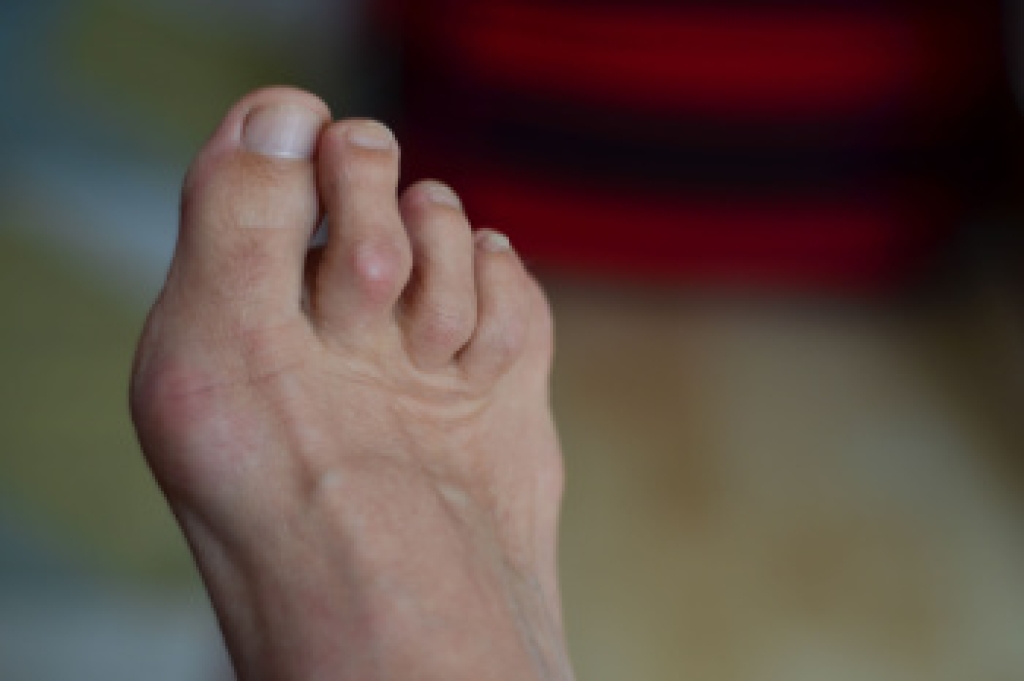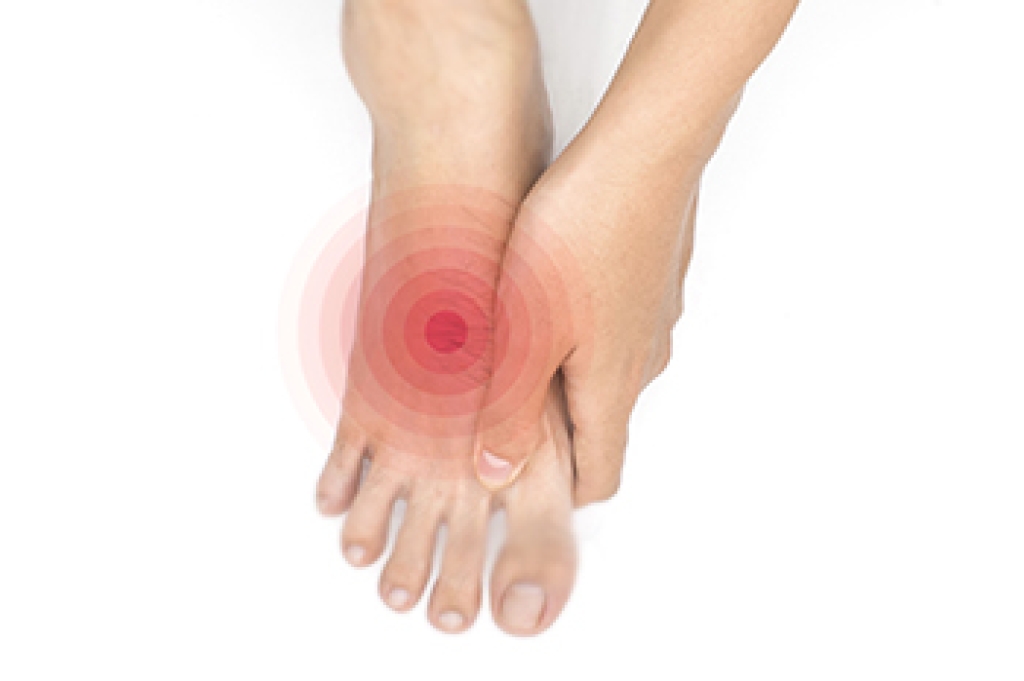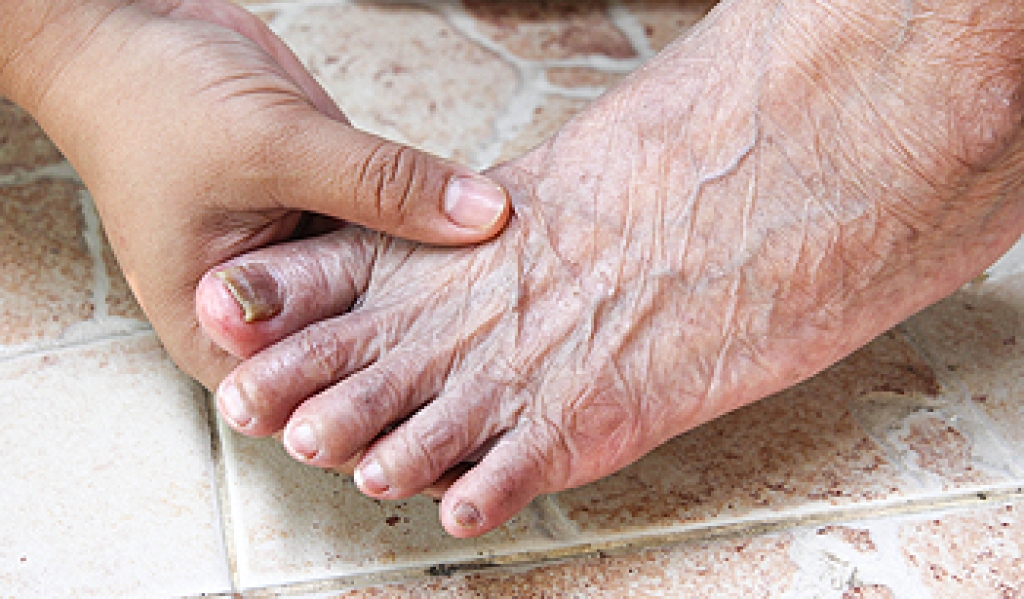
Hammertoe is a common toe deformity in which a toe curls down instead of pointing forward, often affecting the middle joint. This abnormal position can lead to discomfort, irritation, and difficulty wearing shoes. Hammertoe may develop due to a prior toe injury, arthritis that alters joint structure, or a high foot arch that creates muscle imbalance. Wearing shoes that do not fit right, especially those that are tight or narrow in the toe box, can worsen the condition over time. As the toe remains bent, pressure and friction may cause pain, corns, or calluses. A podiatrist can diagnose hammertoe and create a personalized treatment plan that may include footwear guidance, custom orthotics, exercises, or advanced care, if needed. If you have toe pain from hammertoe, it is suggested that you consult a podiatrist who can offer effective relief and treatment solutions.
Hammertoe
Hammertoes can be a painful condition to live with. For more information, contact Deborah Rosenfeld from Rosenfeld Podiatry. Our doctor will answer any of your foot- and ankle-related questions.
Hammertoe is a foot deformity that affects the joints of the second, third, fourth, or fifth toes of your feet. It is a painful foot condition in which these toes curl and arch up, which can often lead to pain when wearing footwear.
Symptoms
- Pain in the affected toes
- Development of corns or calluses due to friction
- Inflammation
- Redness
- Contracture of the toes
Causes
Genetics – People who are genetically predisposed to hammertoe are often more susceptible
Arthritis – Because arthritis affects the joints in your toes, further deformities stemming from arthritis can occur
Trauma – Direct trauma to the toes could potentially lead to hammertoe
Ill-fitting shoes – Undue pressure on the front of the toes from ill-fitting shoes can potentially lead to the development of hammertoe
Treatment
Orthotics – Custom made inserts can be used to help relieve pressure placed on the toes and therefore relieve some of the pain associated with it
Medications – Oral medications such as anti-inflammatories or NSAIDs could be used to treat the pain and inflammation hammertoes causes. Injections of corticosteroids are also sometimes used
Surgery – In more severe cases where the hammertoes have become more rigid, foot surgery is a potential option
If you have any questions, please feel free to contact our office located in Marlton, NJ . We offer the newest diagnostic and treatment technologies for all your foot care needs.





